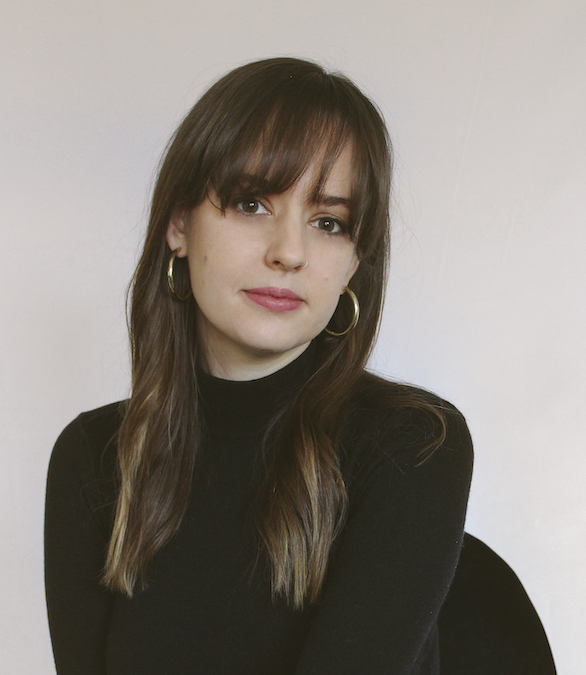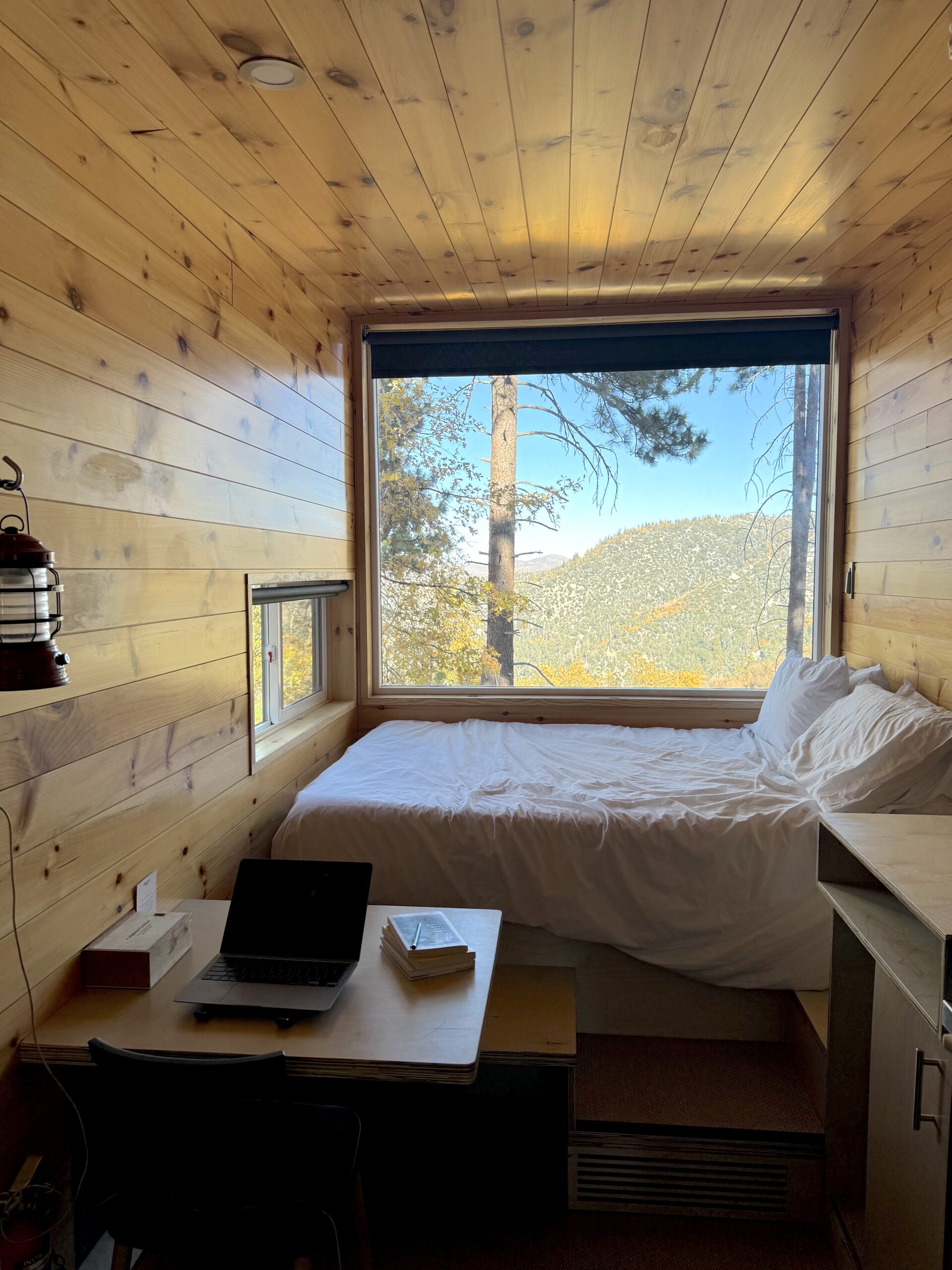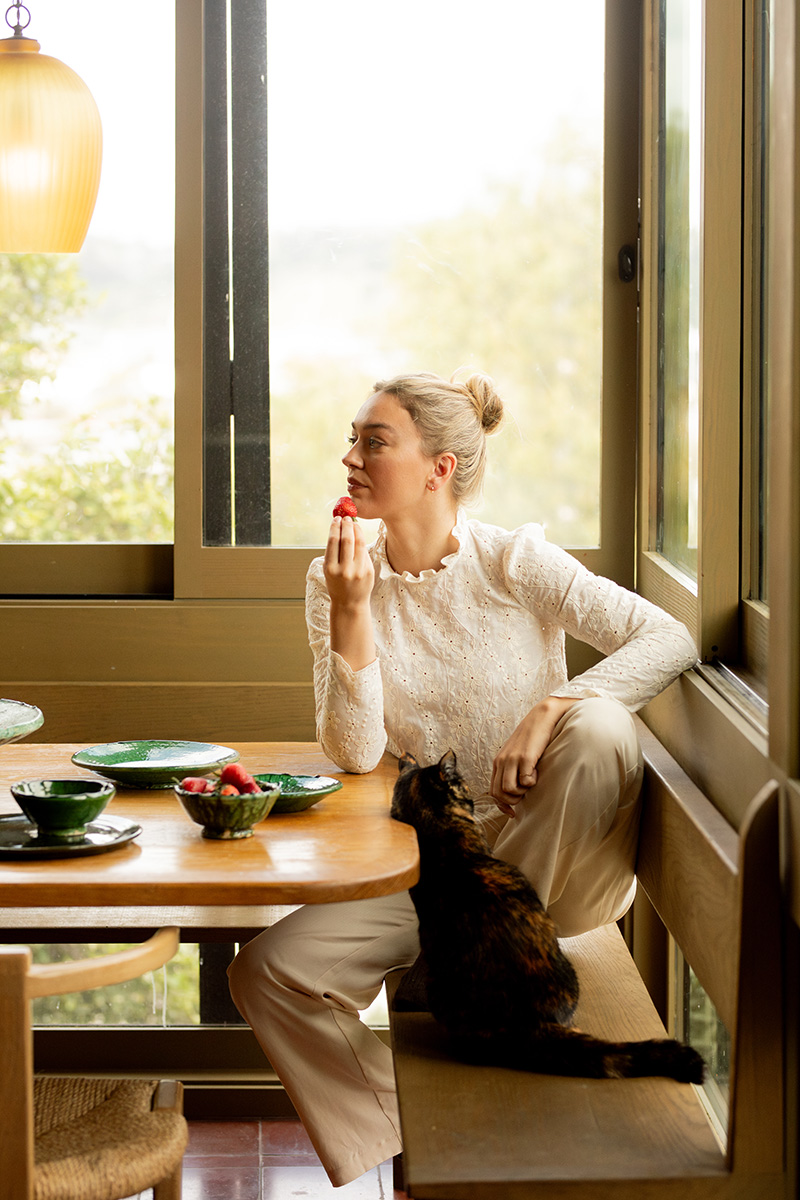
How To Allow Yourself Joy (After Seasons Of Grief)
“I wish you a kinder sea.” – Emily Dickinson
It was April when I first noticed the year felt softer. The beginning of 2024 had brought with it a sense of ease that felt unfamiliar after the many losses and profound grief I’d experienced in the years prior. I didn’t know what to make of it. I turned every corner in fear, expecting to see another mountain because that had been the way for my 30s: Fighting, enduring, bracing.
It was infertility and failed IVF treatments, but also the loss of dreams and faith and life. It was broken relationships and shared suffering amongst friends and family. There wasn’t one event or specific moment that cut through me; rather, it was a gray sky. It was a constant drizzle that never let up.
“There wasn’t one event or specific moment that cut through me; rather, it was a gray sky. It was a constant drizzle that never let up.”
I remember fearing that I would soon reach my breaking point, so I kept expanding and stretching to make room for more pain. This became my norm — to expect bad news. In therapy, they told me this was a protective mechanism and my way of controlling the situation. If I expected the worst to happen, then the blow wouldn’t feel so shocking.
But then something happened. The winter of 2023 turned into spring. Suddenly, it was April 2024, and the air was only warm and easy. Once sharp grief became dull and distant, and I noticed the calluses on my hands disappear. My breathing slowed. On a whim, I started running — and I’ve always hated running. But my body wanted to move so I went outside and ran for miles until my heart felt like it would leave my chest. I found myself falling asleep, not in fear, but in ease. I drifted off to dreams about writing and traveling like I used to in my 20s. Looking back, I now realize the energy that surrounded me was marked by an unspoken expectation that perhaps things could get better. It whispered: Why not you?
Now it’s December. And despite a few challenges I’ve faced throughout the year, it hasn’t been anything compared to what I’ve endured. I’ve felt okay and even hopeful. Maybe I’ve expanded so much that there is more room for joy to fill my life. Or maybe the grief has genuinely softened. Maybe healing happened so slowly, in tiny moments of breath and sips of water. I didn’t notice it happening until, one day, it was easy to get out of bed.
“Maybe healing happened so slowly, in tiny moments of breath and sips of water.”
Why and how became the questions that haunted me. I wanted the formula, the recipe to this fix so I could tuck it away and lift future grief and sorrow at will. Of course, healing doesn’t truly work like that. I have no idea what shifted or why. I just know that it did.
Even still, I’m not really sure what to make of the shift or how to process it. How does the grief-to-joy transition work? When and why does the lightness begin filling all of the cracks again? I’ll be honest; it often feels too good to be true and unfair. Why do I get to suddenly feel okay again when it’s not the same for others?
The truth is, I’m terrified of this softness. For so long, I’ve clung to grief, afraid to let go, unsure of who I’d be without it. Grief has shaped me and carved me into someone new. I’m so used to bracing for impact, to scanning the horizon for the next storm. And yet, here I am, breathing a little deeper, walking a little lighter. Joy has begun to peek through again, though hesitant and shy.
“Joy doesn’t demand much. It simply asks to be noticed.”
I am trying to trust this joy, to let it into the quiet corners of my life, to feel it in the first sip of coffee or in the way sunlight softens my face. Joy doesn’t demand much. It simply asks to be noticed. But noticing joy after years of sorrow feels like learning a new language. How can one embrace joy when grief has been the most faithful companion? More importantly, how can I accept this as my new truth without fear that it will flee too quickly?
These thoughts and the ending of another year have left me with this conclusion: Perhaps grief and joy are not adversaries but companions. To hold one does not mean abandoning the other. Instead, they dance together, teaching us the depth and fullness of life. Though my grief is quieter now, she is still there. Some days, it feels sharp and fresh again, like the wound has reopened. I’ve learned to sit with it. Grief, I’ve realized, is not something to overcome. It is something I will always carry in some form or another. But as I carry it, I can make room for joy to enter in again.
“Perhaps grief and joy are not adversaries but companions. To hold one does not mean abandoning the other.”
Because perhaps the joy was always there too, waiting for me to find her again. This is what I want and hope to remember the next time I meet sorrow face to face.
I don’t know how long this season of softness will last. It feels fragile and I’m still learning how to trust it. But I’ve decided to hold it close for as long as it’s here. To savor the lightness, to let it settle into my bones. My heart, exhausted as it is, feels grateful — grateful for the seasons of pain that have shaped me and for the warmth that now finds me.
To anyone in the depths of grief, feeling unsure of how to move forward, know this: Joy is not gone. It waits for you, patiently, faithfully. When you’re ready, it will meet you in the smallest of moments. It will remind you that life is not meant to be lived in halves but in fullness — in sorrow and in joy, in winter and in spring.
This is what I can offer you from someone who knew only grief for years and now finds herself surrounded by softness.
Kayti Christian is a Senior Content Strategist at The Good Trade. With an MFA in Nonfiction Creative Writing, her work has appeared in TODAY, Shondaland, and The New York Times. Since 2017, Kayti has been uncovering and reviewing the best sustainable home brands and wellness products. Her personal journey through four years of fertility treatments has inspired her to write extensively about women’s healthcare and reproductive access. Beyond her work at The Good Trade, Kayti is the creator of Feelings Not Aside, a Substack newsletter with 6,000 subscribers, and the cohost of the FriedEggs Podcast, which delves into IVF and infertility.




